Over the last couple years I’ve been finding old political mass market books about Ireland, and squirreling them away. Then I realized they’re actually all published by the same press, Anvil. Like so many of the publishers I’ve been looking at over the past couple years, there is almost no evidence of them on the internet beyond book listings on Amazon and other sales sites. No history, no material on who was involved, how long they existed, etc. From what I can suss out, Anvil Books was an Irish Republican press that published books related to Irish history and culture from the early 1950s through the early 2000s, but with the core of the output in the 1960s and 70s. The majority of the books are heavily political, and don’t shy away from Ireland’s history of armed struggle.
Case in point, The Complete Book of IRA Jailbreaks 1918–1921, to the right. If the title wasn’t enough to clarify the perspective of the book, the subtitle “Sworn to Be Free” does a pretty good job of it. This cover is a decent representative of Anvil’s output in the 1970s: loosely modeled on Penguin’s non-fiction Pelican imprint; powerful, singular images front and center; and bold sans serif titling. One of the main things that distinguishes these from Pelicans is the penchant for black to be the dominant cover color. It’s difficult not to read into the black (and bleak imagery) an attempt to communicate how hard the struggle for Irish freedom has been. Here the solid black is broken up only by light coming in from a bank of windows, but the windows are high up, out of reach. Not only was life in prison for a Republican grim, the feat of escaping was that much more impressive because of it.
These two cover follow up on the above theme, compositions dominated by black, with a central image and red type or a banner being the only color present. The Valley of the Squinting Windows is actually a novel about small-town life in rural Ireland, but this cover—taken in concert with the others—confers a more sinister outlook. I can imagine this as a cover for a book about snitches and spying in 1970s Northern Ireland. The Gun, the Law, and the Irish People is not as strongly designed, but has the same basic elements.
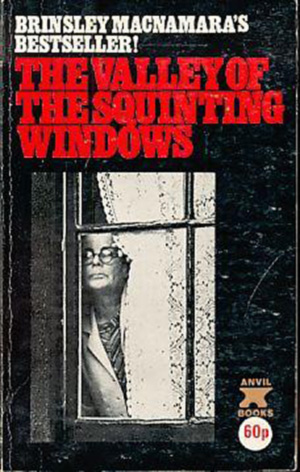
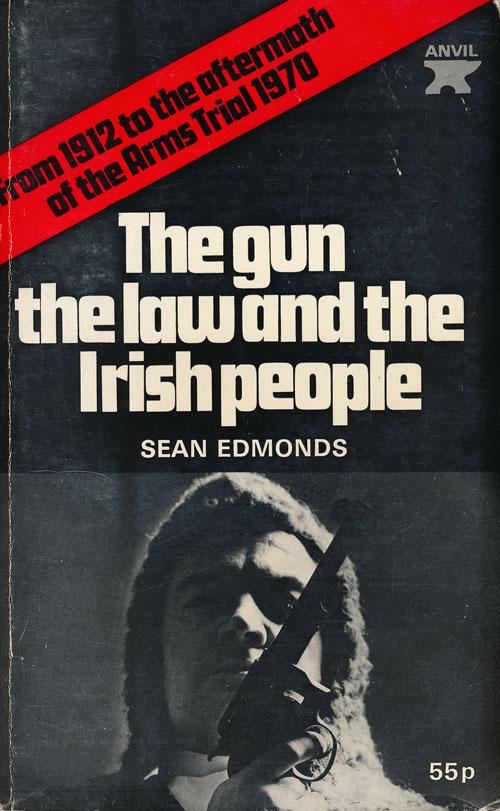
Both of the books below look almost like Penguin Specials from the late 60s/early 70s, with red as the dominant color, and extremely bold titling. The treatment of the images says a lot about the politics of the press here. Paisley is a “Man of Wrath,” and he is represented in duotone, his skin and body bled through with red, just like the Union Jack behind him. Michael Collins also carries an extreme facial expression, but we are supposed to sympathize with him, see his clean, black and white profile articulating strength and resonance. But these covers also show how difficult it can be to actually see beyond your own ideology, since Collins’ expression here could easily be perceived as hateful, especially to those not already aligned with him. And for Loyalists in the North, the Paisley cover would simply need the word “wrath” replaced by “power” and his visage would appear heroic.
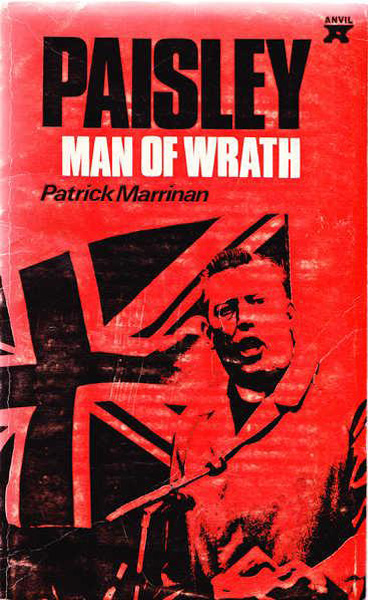

Some covers practice the less-is-more philosophy, also something popular at Penguin at the time:

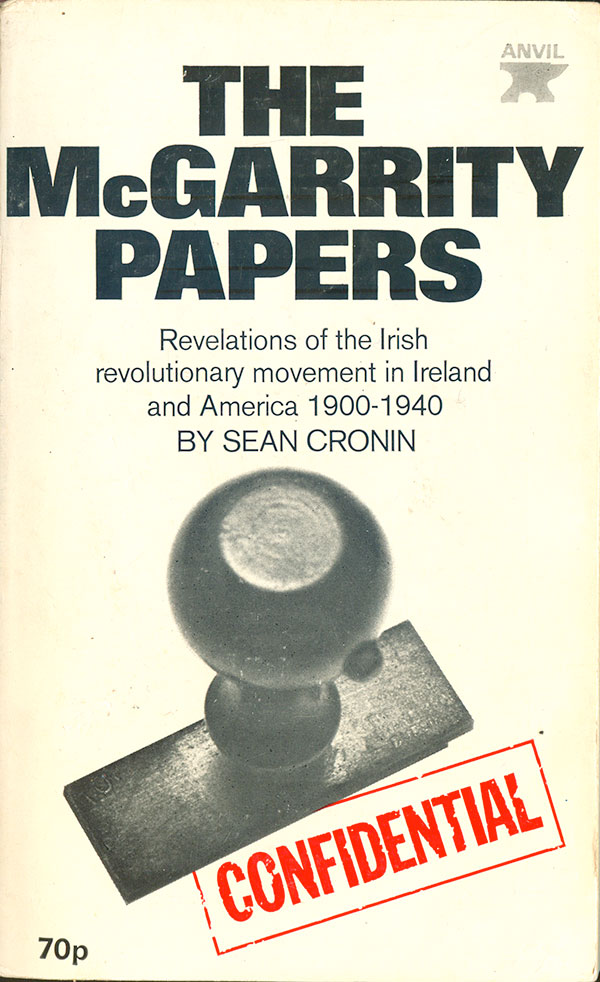
Color creeps in to the covers by the mid-60s, as we can see by the blue and green below. I love the photo of Brian Faulkner, which carries the image of crisis so successfully that the title barely needs to say the word.
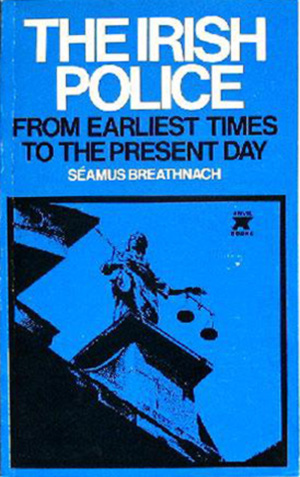
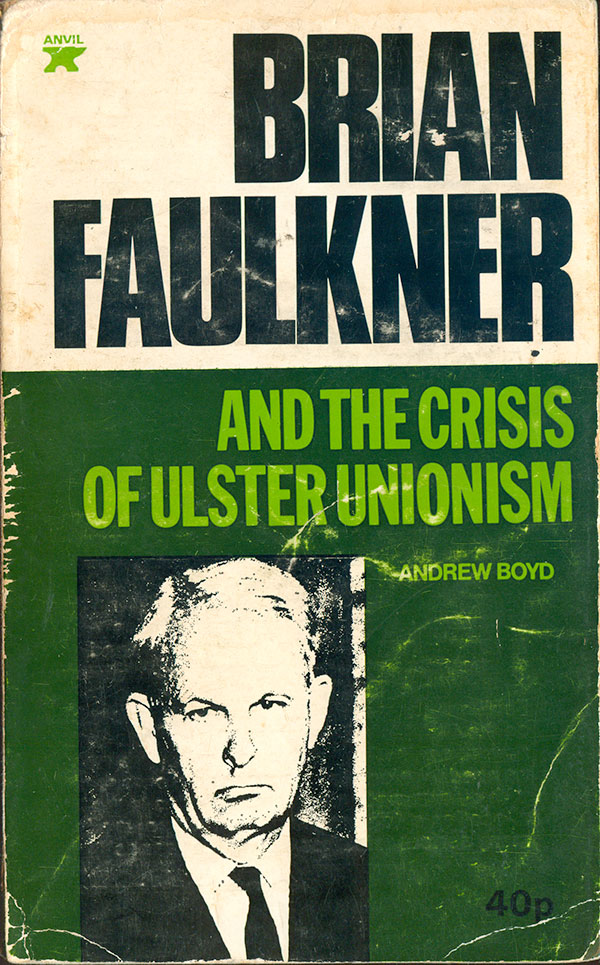
The early output of the press seems to have focused on the more heroic and adventure story versions of Irish history, well illustrated by Tom Barry’s Guerilla Days in Ireland (1955). The illustration and titling are completely pulpy, making the book fit right in with the noir and Western fare of the same time period. The publisher’s colophon was also more pulpy—a 3D anvil, cartoonish and outlined in white. Fremantle Mission digs even deeper into the history, an exploration of the early Republican group Clan na Gael’s plan to sail to Australia to break political prisoners out of Fremantle prison. The cover isn’t campy at all, instead austere and regal. Even farther back on the historical spectrum is Richard Roche’s The Norman Invasion of Ireland (1979). Handsome illustrations hark back to the 12th or 13th century, and the blue and purple pop on the all-white background.


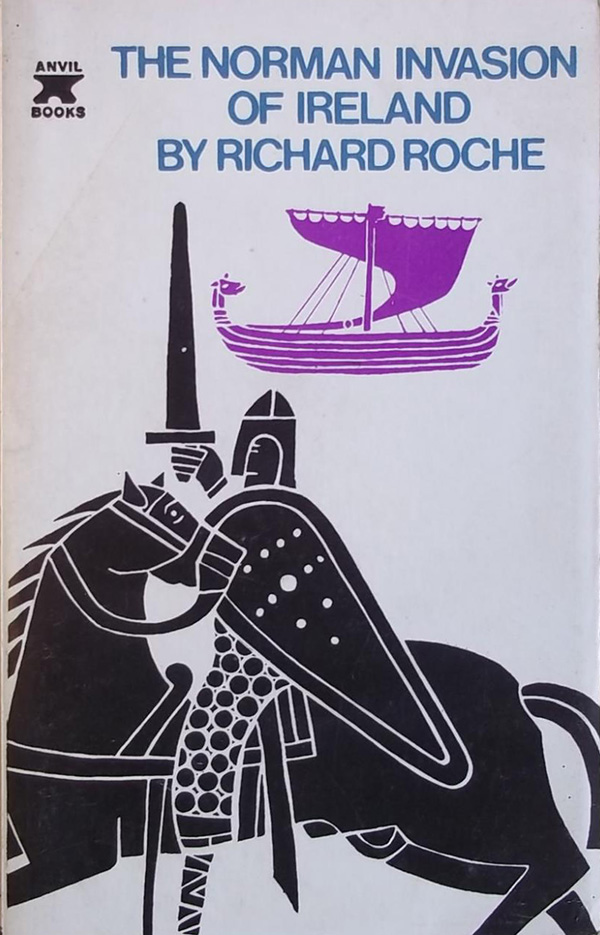
Much of the history Anvil proffered was not simply pro-Irish, but heavily anti-English. In My Years in English Jails we learn “The Brutal Facts” and High upon the Gallows Tree speaks for itself.
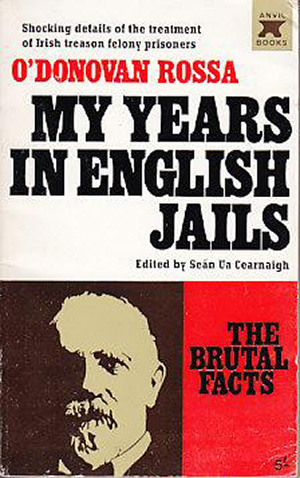
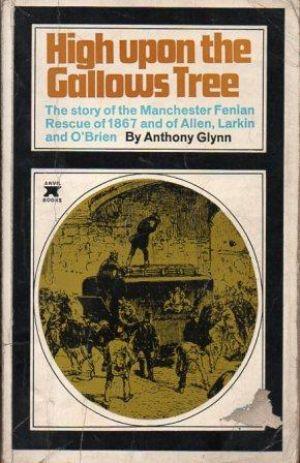
These books appear as if they were quite popular in Ireland, but I’ve only ever found them in the U.S., not a single one in a UK bookshop. I think this speaks to a distribution channel within the Irish community in America, maybe even in the Northeast specifically, as most of the books here I’ve found in Boston, Providence, or New York. But they are still rare, and I augmented the half dozen I have with another six image I found online. If anyone knows anything more about Anvil, drop me a note!
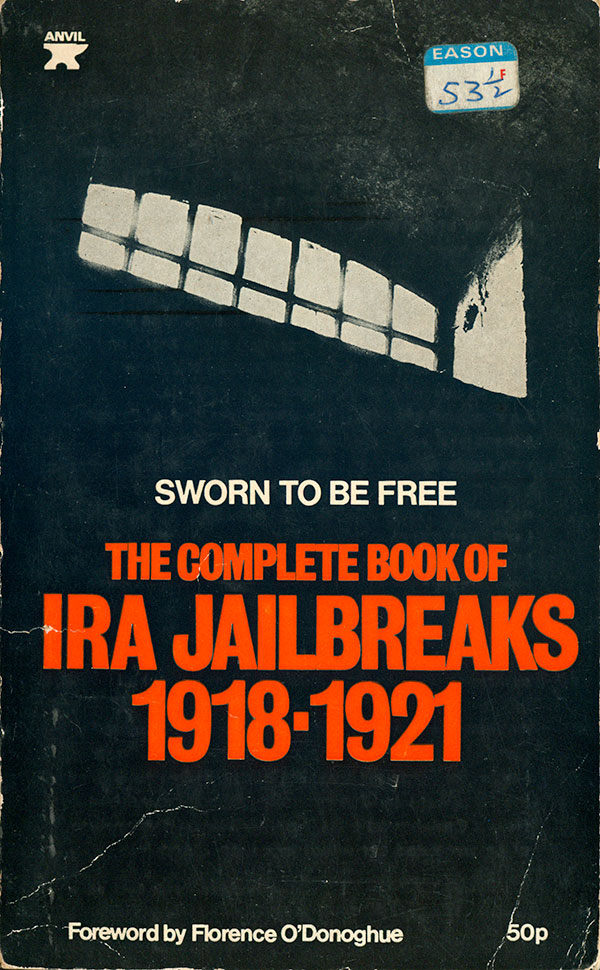




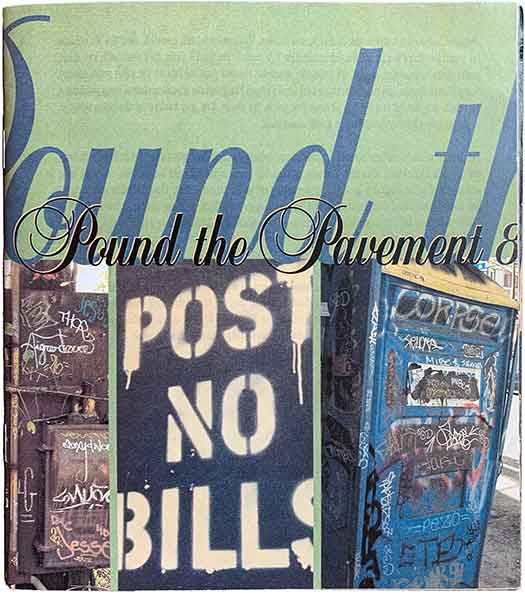
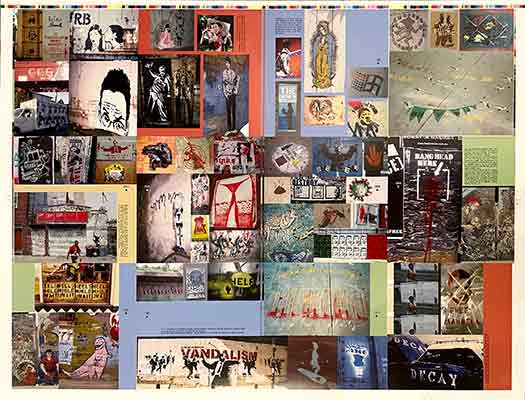

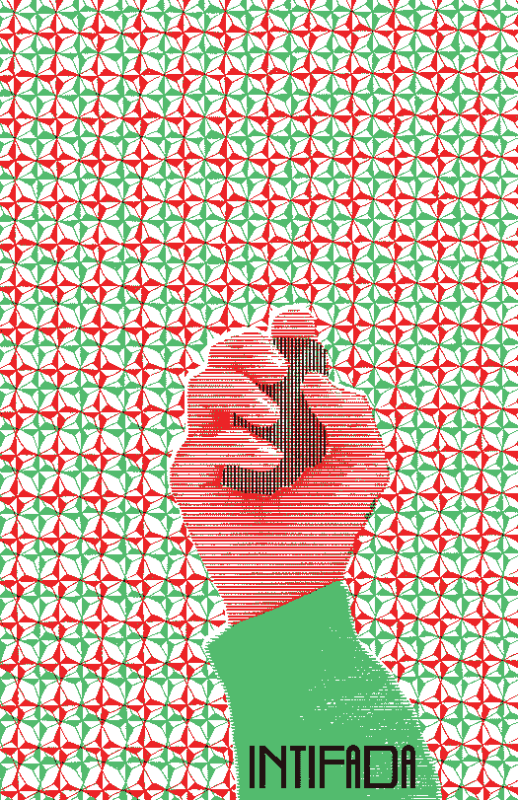
Really great article. Some of these I have but many must be rare as Ive never come across them. I will have a dig through some of my Irish books collection and see if I can find and scan some more Anvil Books titles.
That would be fabulous! You can send them my way with any bibliographic and contextual info and I’ll add them to the post! I can be reached at josh [@] justseeds.org
Thanks for posting this! I stumbled across one of these and have managed to get a couple more but it’s hard to find info on them!
Agreed NM. I actually have a couple more I’ve picked up over the past couple years, I need to scan them and add them to this article…